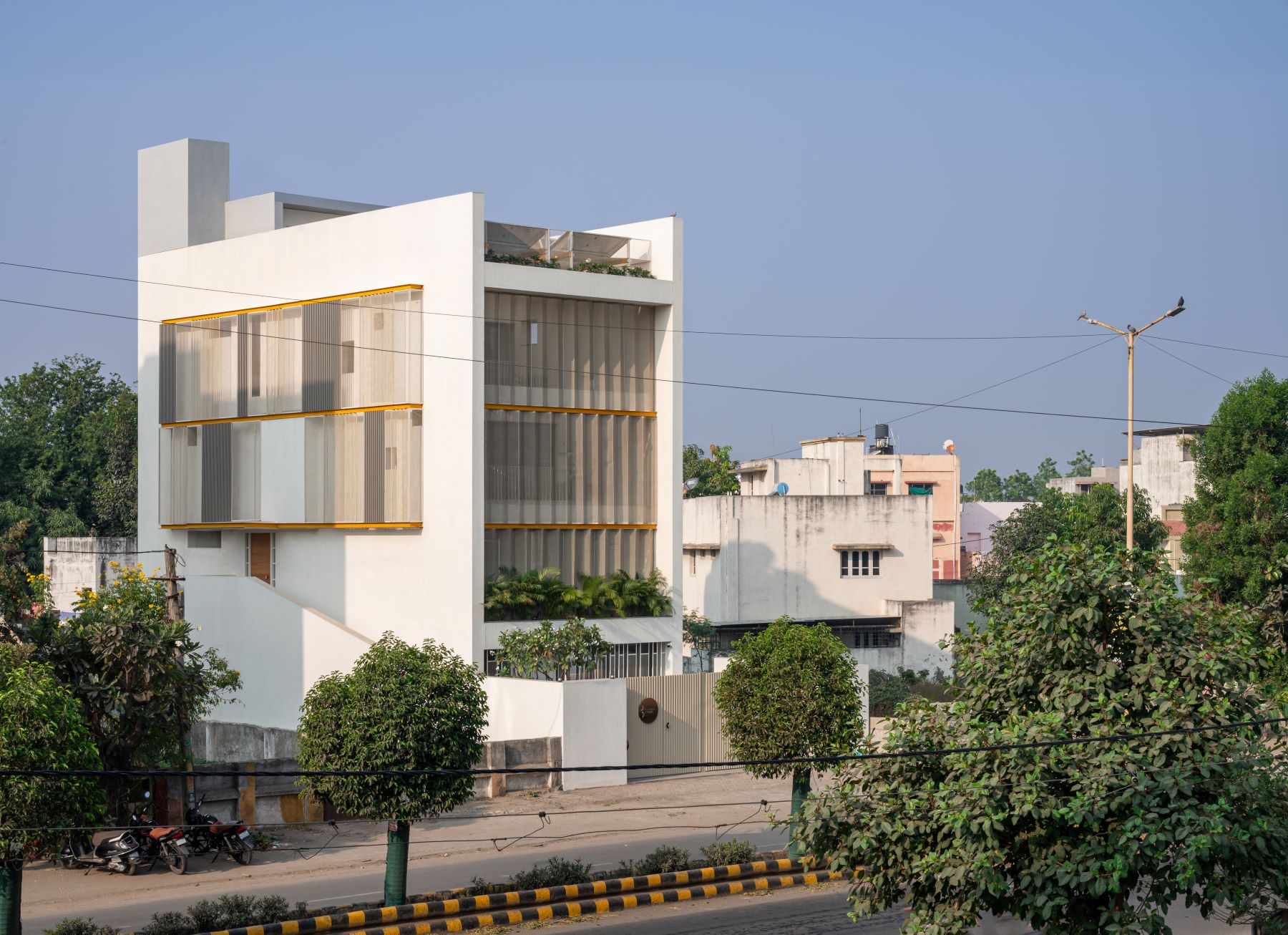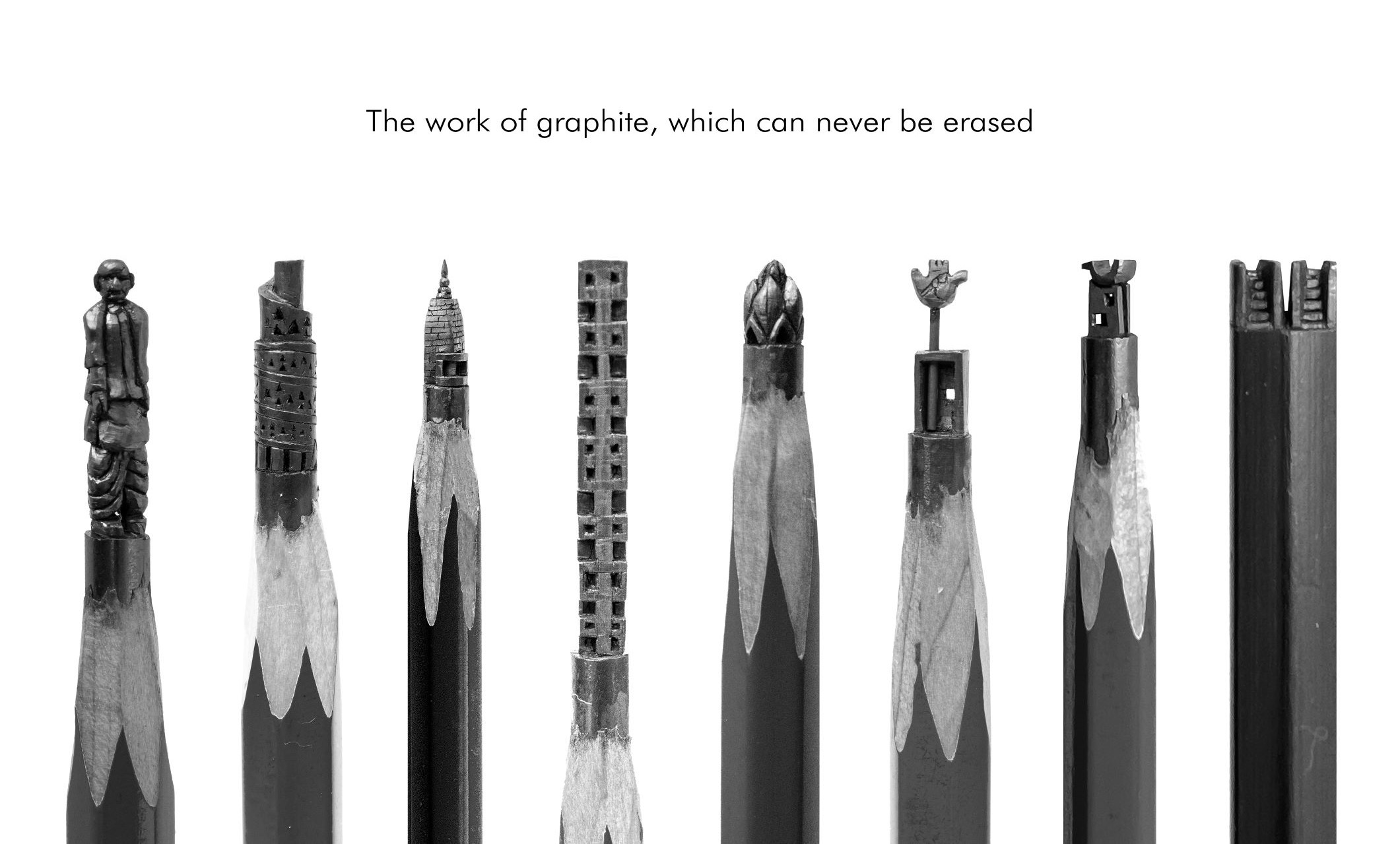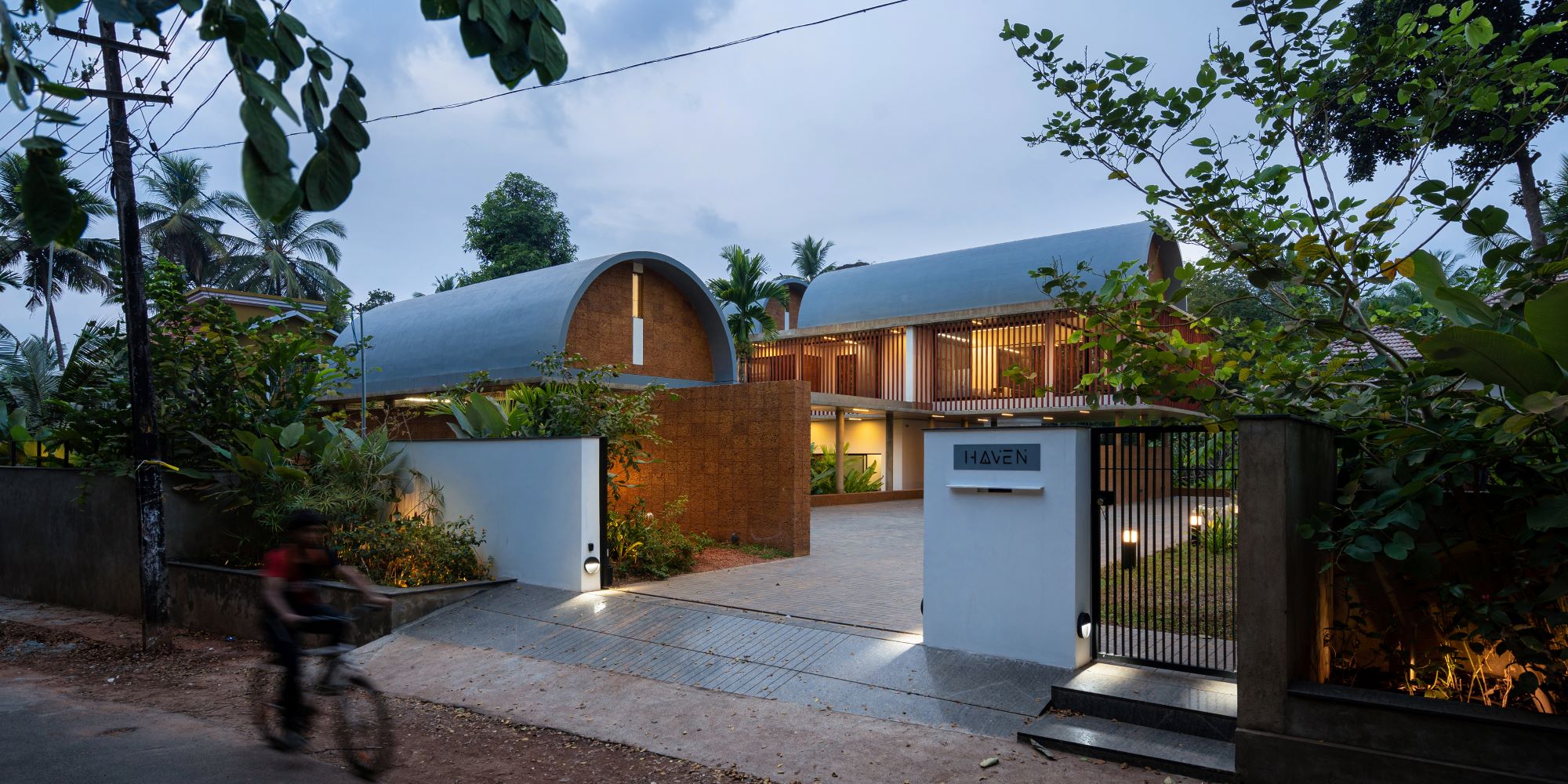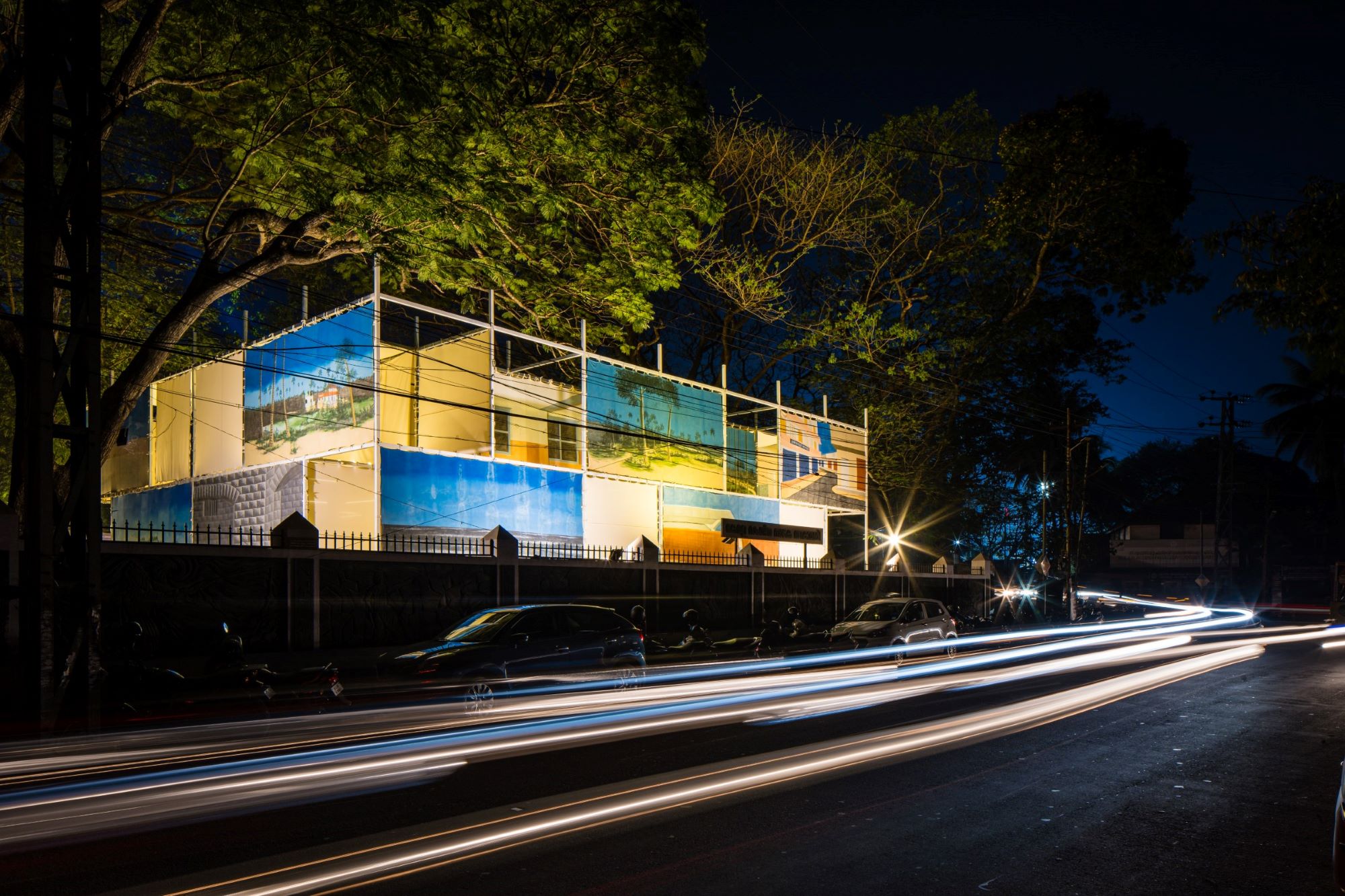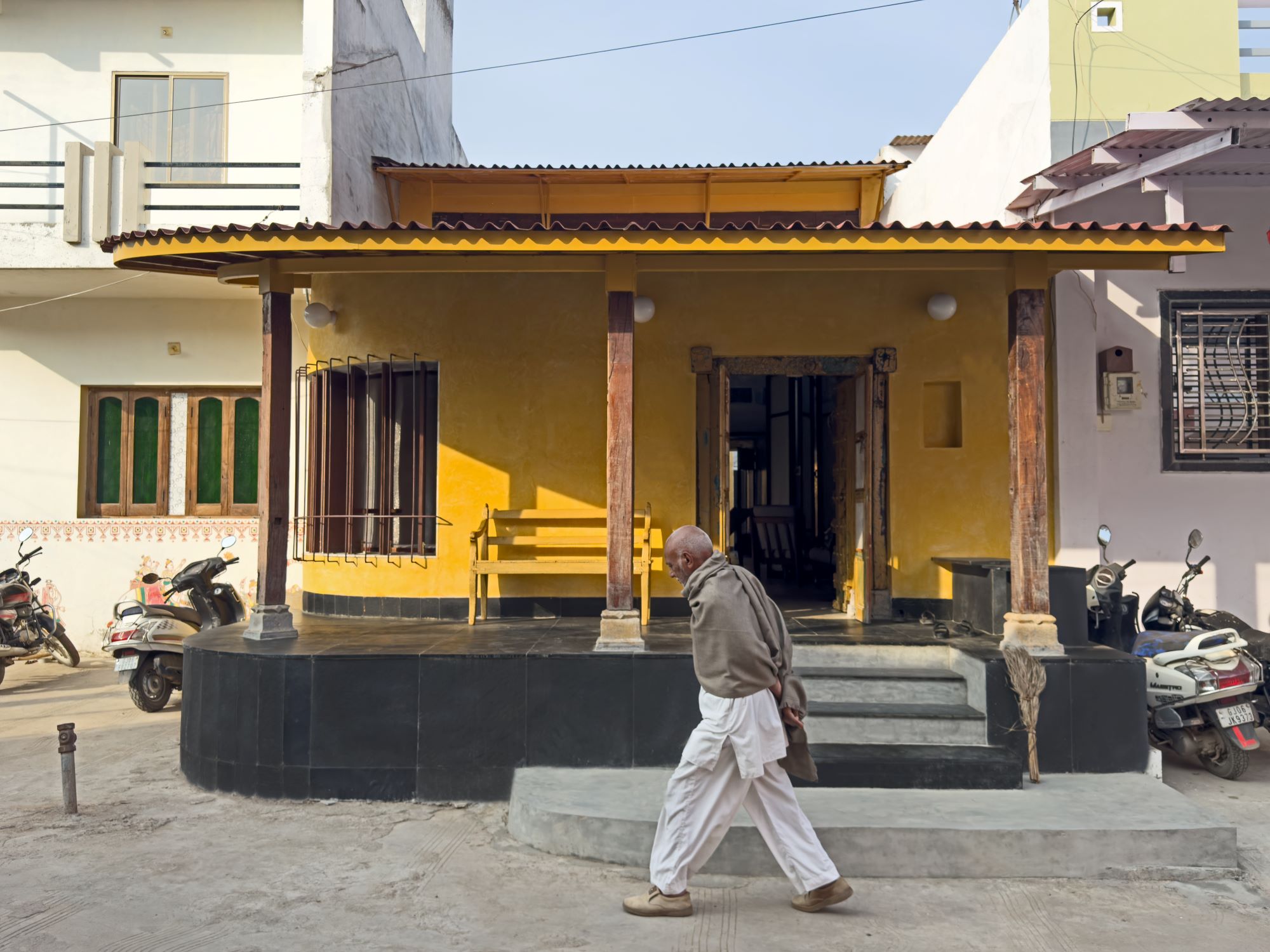
An architectural practice is reliant on its clientele – we design according to our sensibilities, but for their necessities. Getting new clients is a continuous process and you have to dedicate resources smartly to get results. A busy practice simply does it better than others, using these 5 methods:
1. Do Your Best
Create a niche for your work. Select a typology you want to focus on – may it be schools, apartments, hospitals or eco-friendly offices – and once you have a unique style, clients with similar value taste & systems will notice your work. Learn to optimize on cost and resources. A satisfied client will refer you to their associates and friends and tell them about the great work you did for them.
2. Be Informed
Rules, regulations, codes, bye-Laws, software – anything new!
Be very familiar with them and how to use them to your advantage. A successful architect explores all aspects and makes each restriction a creative input. If you know the boundaries within which to design, then you are free to master them. Look around at what your peers and role models are doing – how do they address the situation?
Clients are well informed today; to hold a meaningful conversation with them, you must be aware of the latest materials, technology, productivity tools, design trends and movements. Subscribe to e-newsletters and blogs so that you are updated on the latest happenings.
3. Understand Projections & Prospects
When there is an announcement for an expressway between Delhi and Lucknow, it strikes us that there is going to be massive construction work undertaken along the highway. There will be numerous new opportunities arising, and you need to figure out how to reach out to the client and participate in the design/execution/freelance work.
At a more local level, when a new sector is being planned, there will be need for architects to design apartments, clinics, markets and offices. Have you closely studied the Master Plan for your area and what opportunities exist there for you? Keep track of all developments in your sector and extrapolate how you can contribute.
4. Network
Architects are social professionals – you have to network and build relationships.
IIA & IIID memberships should be your first priorities after the CoA registration. In these meetings, you will meet people who will become your mentors, well-wishers and partners. There will also be product and material representatives, who will showcase their applications.
Non-architecture events will be even more fruitful as you may come across potential clients. Even if you attend a conference on manufacturing, you will get to meet industrialists. They require services of architects for their factories, offices and of course, farm houses! Go out and meet them. Connect with people whose company has growth plans. Explain to them the benefits of hiring an architect early as they take off on the growth trajectory. If you present your case well, you can be their Group Architect, with minor works popping up every few months, like the interior of their board room or a new branch office.
5. Spread the Word
Share what you are doing with your people who can be your clients, vendors, suppliers, financiers, service providers or consultants. Leverage social and professional Media. Join relevant groups online and make sure you engage intelligently. Get a website done, with your credentials and successful projects. The world is waiting to know more about you.
Good Luck with new clients!
Author
 Manoj Kumar has worked on over $ 5 BN worth projects, having been on investment review panels for community, industrial, office, commercial, leisure, airport, rail, road, healthcare infrastructure along with ecommerce & marketplace initiatives at Bharat Forge, TATA Steel, GE Capital and Apex Group (UK)
Manoj Kumar has worked on over $ 5 BN worth projects, having been on investment review panels for community, industrial, office, commercial, leisure, airport, rail, road, healthcare infrastructure along with ecommerce & marketplace initiatives at Bharat Forge, TATA Steel, GE Capital and Apex Group (UK)


